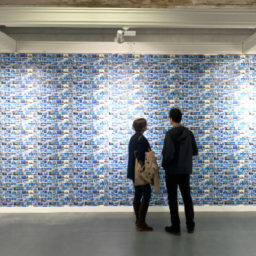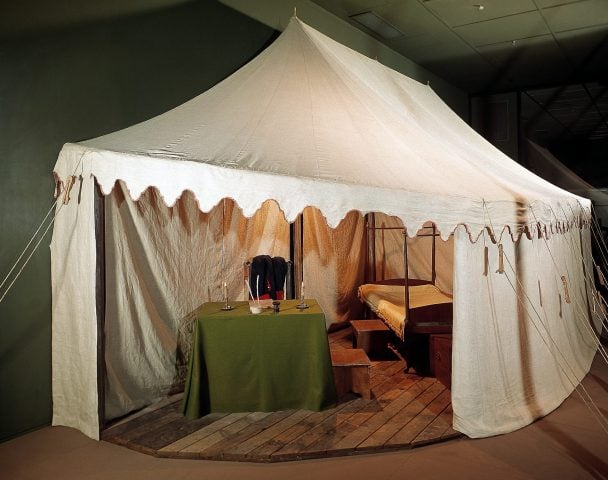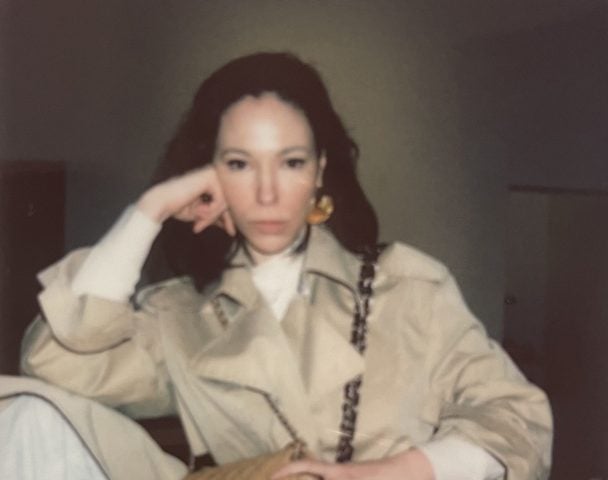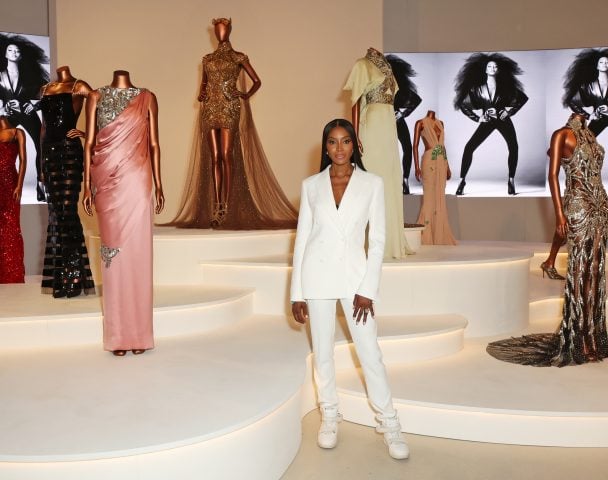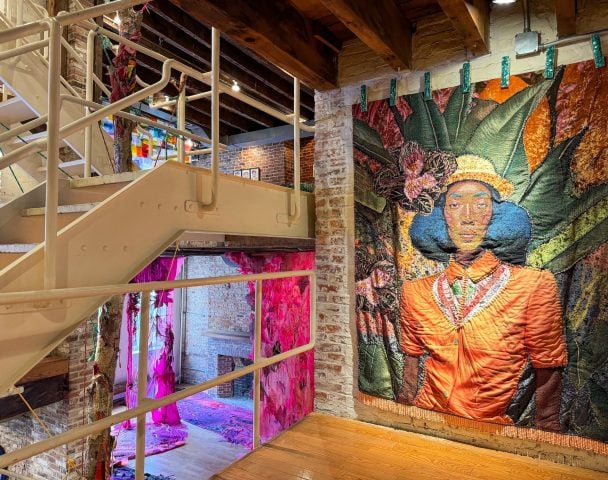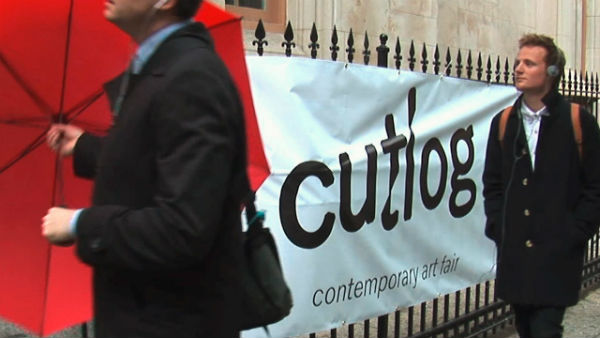

Cutlog won’t show up in Paris this October. After six years as one of the key satellites during FIAC, the emerging art fair’s director Bruno Hadjadj has chosen to bow out, invoking a “completely locked up market.”
France’s premier art fair FIAC announced earlier this year that it was launching its very own satellite fair, (OFF)ICIELLE (“FIAC Launches an Official Satellite Fair“), a move perceived by some as an attempt to eliminate smaller endeavors. FIAC itself will host 191 galleries in the Grand Palais and a slew of art installations in two of the French capital’s most prestigious parks, the Jardin des Tuileries and the Jardin des Plantes.
“All the venues potentially available are booked up by FIAC, which is supported by the town hall and the ministry,” said Hadjadj, who told artnet News his efforts to contact cultural officials had yielded no result. “All theses messages that you are not needed are a bit disheartening.”
Paris Satellites
Less than a year ago, things looked very different, he explained. For the first time, the directors of Paris’ smaller fairs met up with the project of coordinating their respective events under a single umbrella, Paris Satellites.
But FIAC’s announcement that it would welcome over sixty, mostly young galleries at a spanking new venue known as the Docks pulled the rug from under their feet. Hadjadj says he can’t ask galleries to join Cutlog if he can’t guarantee them that the right people will come and see the fair.
Talking to artnet News, FIAC director Jennifer Flay vehemently denied the launch of (OFF)ICIELLE had anything to do with the existing satellite fairs. “We felt the need to open FIAC to excellent young galleries, which could be part of the fair, but can’t be at the Grand Palais [due to the limited floor space],” she said. “Our goal has never been to eliminate the presence of other fairs taking place in Paris during the contemporary art week.”
“I’ve always thought that the explosion of events during FIAC was a sign of the health and vitality of the French and Parisian art scene,” Flay continued, underlining that none of the exhibitors at (OFF)ICIELLE have ever shown in Paris during FIAC before—and thus that the fair can’t be accused of tempting galleries away from its smaller competitors.
The Role of Major Art Fairs
Hadjadj’s decision nonetheless raises wider questions about the dominance of major art fairs and their roles shaping up what is considered of note. While satellite fairs are often mixed bags as far as the quality of the work is concerned, they also offer real opportunities for artistic practices, and sometimes geographical areas, which struggle to secure visibility on the international stage. The disappearance of underdogs such as Cutlog could lead to a worryingly monocultural artistic landscape.
“It’s a shame,” Hadjadj said. “Everybody agrees that the main fairs’ selections don’t represent the international scene, they represent a market. FIAC won’t ever be able to do the filtering job we do. We are much closer to the scene of tomorrow.”
“This filtering job, we do it within FIAC itself,” responded Flay, who pointed out the fair had supported galleries such as Jocelyn Wolff, Marcelle Alix, or Balice Hertling—now stalwarts of the Paris art scene—at a very early stage of their development.
Cutlog isn’t over just yet though. During FIAC, Hadjadj will curate an evening showcasing the work of former laureates of the fair’s video art prize at the public art center Le 104. And the third Cutlog New York, due to open during Frieze’s American edition next May, is still on the cards.
The director also confided he’d been approached to start an Asian edition of Cutlog. “It’s perhaps another step,” Hadjadj mused, before adding that he would need to secure serious partners before looking East.
Follow Artnet News on Facebook:
Want to stay ahead of the art world? Subscribe to our newsletter to get the breaking news, eye-opening interviews, and incisive critical takes that drive the conversation forward.


